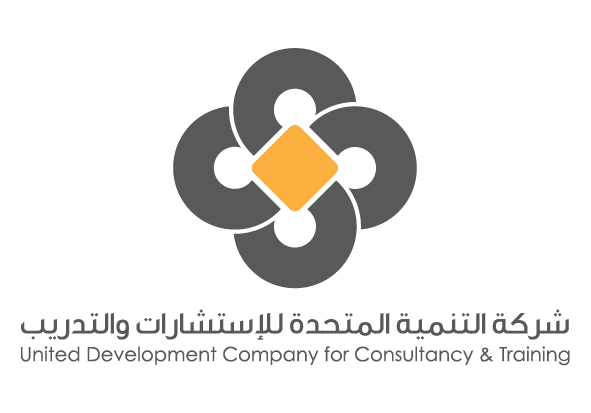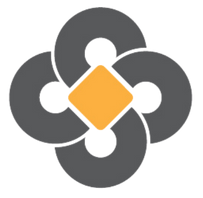
- This course has passed.
Planning Training and Career Development
November 25, 2024 @ 9:00 am - November 29, 2024 @ 3:00 pm
KD 1950
OBJECTIVES
• Assess company growth objectives against current and future change.
• Audit existing skills and competency requirements to meet those objectives
• Conduct a successful training needs analysis for individuals and teams
• Select the right type of training and education to cover the skills deficit/ development.
• Assist in succession planning and future staff training development
• Use performance and assessment tools to guide individuals and teams
• Carry out initial job evaluation
• Use mentoring and coaching skills to retain valuable
• Individual Exercise: Developing the action plan
COURSE OUTLINE
The inevitable forces of change
• Global market developments and the skills crisis
• The implications of not preparing for change
• The need for changing skills: developing new goals and objectives
• Analyzing future needs against corporate goals
• Corporate development needs analysis Vs. what employees expect today
• Video –The Business of Change and the Change of Business
• Discussion: The role of management in assessing and coping with change.
The challenges for team building and management development
• Performance management: The corporate training thermometer
• Assessing the value of jobs
• Job evaluation (where are we now?)
• The economic & social impacts of ineffective career decision making
• Discussion: HR: Whose responsibility is it anyway?
Strategies for building key human resources
• Developing a strategy (where do we need to be?)
• Job assessment and re-design
• Education, training and refocusing of key personnel
• Role-play exercise: The value of mentoring and coaching
Corporate stress: Losing key staff and its effect on human resources.
• Establishing company and financial growth objectives
• Retention: Translating objectives into people development
• Video: Management Development
Training & Development strategies
• Training Needs Analysis
• Covering skills deficits
• Training program development (how do we need to get there?
Career Development strategies
• Developing a policy of Career Guidance
• Case study
• Succession Planning
• Career changes within the organization
• The role of job rotation and multi-skilling in modern organizational frameworks
Career Development Blueprinting: The Planning process
• Objectives : The corporate blueprint planning process
• Where can we start career development planning?
• Traditional and modern career development paths
Development of Selection & Assessment Criteria
• The methods and tools of selection
• The part played by corporate culture & work styles
• Fitting the right candidates into the right jobs: No square pegs into round
• Assessing competency requirements
• The value of psychometric testing
• Discussion: The importance of selecting the right person for the right job.
Acquiring valuable skills to aid career development
• Using on-the-job training to acquire skills and experience
• Developing future managers
• The value of interpersonal skills in career development
• Discussion: What skills are lacking in our new entrants?
Action planning to help do things differently.
• The need now for an action plan
• Components of the action plan
Related Courses
| Course Title | Date | Location | Price | |
|---|---|---|---|---|
| Compensation Packages & Salary StructuresH.R and Training | 20 - 24 April, 2025 | 5 Days | Doha, Qatar | KD 1,650.00 |
| Advanced Recruitment and Selection SkillsH.R and Training | 20 - 24 April, 2025 | 5 Days | Dubai, United Arab Emirates | KD 1,650.00 |
| TOT – Practitioner Trainer by ROUND™International Standard Training | 20 - 24 April, 2025 | 5 Days | Kuwait, Kuwait | Contact Us for Price |
| HRM Skills for Today’s Leaders and ProfessionalsH.R and Training | 27 - 1 May, 2025 | 5 Days | Dubai, United Arab Emirates | KD 1,650.00 |



